The incident at Budgam must be seen in the correct context. Using a hostage as a human shield is neither part of the army’s SOP, nor is it ever likely to be encouraged or repeated. But, have armchair strategists and promoters of human rights (for whom human rights are reserved only for terrorists) ever spared a thought for the army’s young leaders who are confronted day in and day out with such unusual and challenging situations? Major Gogoi deserves to be complimented for his courage and extraordinary initiative, which resulted in the saving of many lives, both of people who were part of the agitating mob and of the security forces. The following article sets the record straight. Gen NC Vij, Director VIF
On April 9, 2017, while polling was being held during bye elections in Kashmir Valley, Major Beetul Gogoi, serving as a Company Commander with a battalion of the Rashtriya Rifles, received an SOS call from the local police to rescue the staff and police personnel of a polling booth in Budgam district from a rampaging mob of stone pelters. The officer led the Quick Reaction Team (QRT) himself.
The QRT succeeded in reaching the polling station and rescuing the polling staff comprising 10-12 employees of the Jammu and Kashmir (J&K) government, 9-10 personnel of ITBP, a couple of J&K policemen and one driver. By then the mob had swelled ominously to over 400 angry young men (and some women) who were determined to disrupt the polling process. The blood thirsty stone pelters were threatening to lynch the polling staff and their rescuers. They were moving quickly to block the exit routes. Some of them were perched on rooftops, armed with stones.
Hopelessly outnumbered, Major Gogoi found himself in a difficult predicament. There were no good options – only bad ones and one worse than the other. If he attempted to rush through the crowd, his convoy would be stoned and they would suffer casualties, the emotion-charged mob could try to pull some civilian government staff and perhaps even policemen out of the vehicles and lynch them, and a few Kashmiris may be crushed under the wheels of his vehicles. If he followed the SOP and warned the mob to clear the way immediately, or else he would be forced to order his men to fire, the crowd would redouble stone pelting and attack them with greater fury. He would then be forced to open fire in self-defence. In the resulting blood bath anything could happen. There would be large-scale casualties on both the sides. 20 to 30 people, perhaps more, would die and many others would be injured.
Gogoi was not only responsible for the safety of the civilian staff and policemen whom he had rescued as well as his own soldiers, but also concerned that the agitating Kashmiris should not suffer casualties. As it is, by the time he had set out for the rescue mission, several people had lost their lives in almost 200 clashes with the police in election-related violence since the day began. By any yardstick, anywhere in the world, it was an incredibly extraordinary situation. Major Gogoi could not afford to procrastinate as there was no time to lose – the crowd was closing in. At such a time, a young officer in the field has no one to fall back upon, no one whom he can consult. He has only his training and instincts to go by and his innate sense of doing the right thing. It was his call to make.
As all these thoughts raced through Major Gogoi’s mind and he instinctively weighed the options, he maintained his calm. On the spur of the moment, he decided to use a Kashmiri voter as a shield to enable his convoy to get through. He had Farooq Dar, a young Kashmiri who had come to vote, secured on the bonnet of his jeep and began to move forward. The sight of a fellow Kashmiri on the bonnet forced the frenzied crowd to stop pelting stones so as not to hurt him. As luck would have it, the idea worked. The angry mob was taken by surprise and stood aside as the convoy zipped through. There were no casualties among the staff and policemen whom he had come to rescue; since he did not need to open fire, the agitators were safe; and, the Kashmiri voter was unharmed and was handed over to the police.
Major Gogoi’s innovative approach turned out to be a win-win idea. However, as has become common in this mega-media age, where the social media dominate the opinion making landscape, the incident was caught on camera by a bystander. The video image of a Kashmiri youth strapped on the bonnet of a jeep soon found its way to Twitter and Facebook and went viral. The mainstream media were not be left behind and showed the image repeatedly over two days. Was what Gogoi did appropriate under the circumstances? Did he commit a culpable offence? Or, as the Attorney General said, should he be complimented for his decision? These are questions which will be debated endlessly for a long time to come.
It cannot be denied that Major Gogoi’s unusual approach averted a certain blood bath and saved many precious lives. However, the image of a Kashmiri youth being used to navigate through a crowd of stone pelters has had a negative impact on the people of Kashmir and is a setback to the sustained campaign to win hearts and minds. The army is being accused of using hostages as human shields. The character of conflict is gradually changing and sub-conventional conflict is coming to the fore. In this form of conflict, counter-insurgency and counter-terrorism operations are the most complex of all military operations. This is primarily because the opponent is not an enemy state, but one’s own estranged people, usually misguided youth. And, dealing with them requires much higher standards of education and training than those required for conventional conflict. This is known as the era of the “strategic corporal”. The term strategic corporal refers to junior leaders who are required to operate independently and make major decisions at the tactical level. Occasionally, when one of these decisions goes wrong, the impact can be strategic.
The larger issue that is significant is that the Kashmir Valley is gradually, perceptibly and almost inexorably slipping out of control. Incidents of violence are growing by the day. In about a year since July 2016, over 4,000 security forces personnel – mainly from the CRPF – have been injured in stone pelting by radicalised Kashmiri youth, many of whom are paid to throw stones by Pakistan’s ISI. The security forces deployed in J&K for internal security duties have performed exceedingly well under extremely challenging and difficult circumstances. They have made numerous sacrifices in the service of the nation. They deserve our gratitude and encouragement, not our condemnation.
The army, in particular, has excelled in conducting complex counter-insurgency operations with minimum force and a humane touch. One aberration must not be used to tarnish its image. Luckily, the government is backing the army on this vexatious issue.
(The writer is a Visiting Fellow, VIF and Distinguished Fellow, Institute for Defence Studies and Analyses (IDSA), New Delhi.)
Image Source: https://kashmirobserver.net

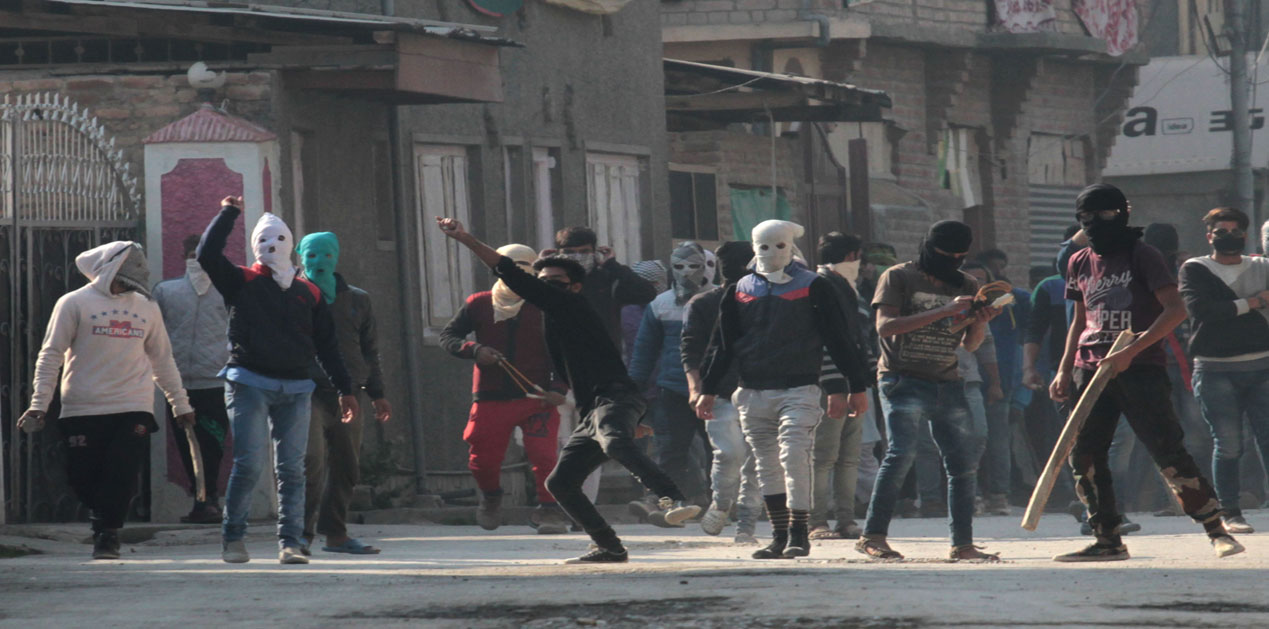
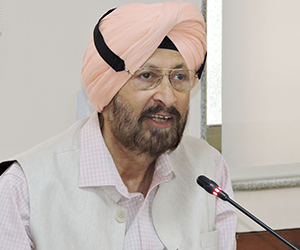
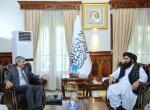
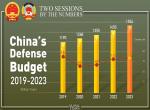
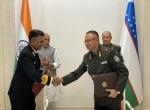
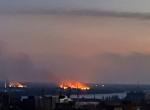
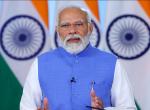
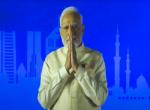


Post new comment